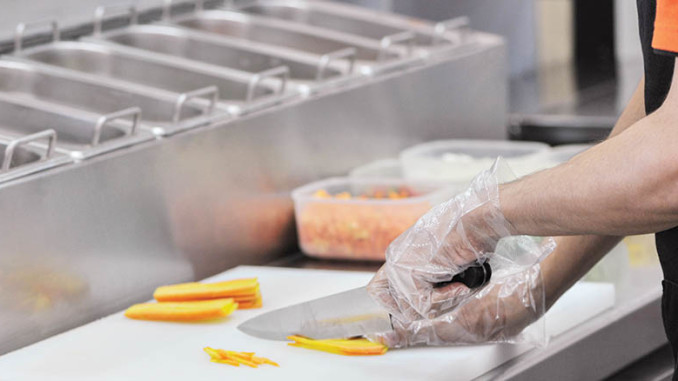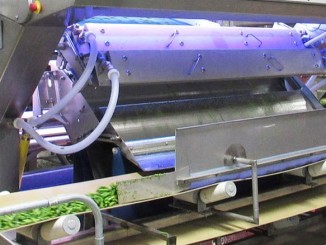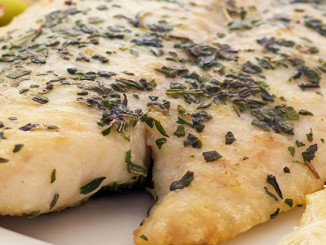
An increasing number of quick service restaurant chains are shifting towards health-oriented menus, with free-from ingredients and bio or organic choices available for patrons all over Europe and the rest of the world
By Dan Orehov
Healthy lifestyles, locality, seasonality, personalization are some of the trends that the European QSR market is leaning towards, according to market researchers, in an effort to expand their range of customers and attract a larger chunk of the Millennial generation.
European Trends
According to the Irish Food Board (Board BIA), several trends have already started to take shape in Europe, and will continue to influence the QSR chains’ menu and marketing strategies.
Germany
The QSR market in Germany has seen a shift away from chain to non-chain outlets, with the street food trend becoming increasingly popular. Traditional QSRs like döner kebabs and currywurst stands are considered staples of the city – these traditional outlets tend not to go with the trends in the wider QSR market. Larger QSR outlets have shown increased focus on integration through phone based connection with customers. Examples include: phone based payment systems, or simply making the menu available through social media. This helps make QSRs more accessible in people’s busy lives.
France
New burger brands have emerged in Paris e.g. Burger King, Five Guys. As a result, the burger is now an element of “everyday” food. Additionally, online delivery services like Deliveroo, Foodora and Uber Eats connect QSRs directly to customer homes. The health & wellbeing trend is also prominent in France, with consumers increasingly looking for fresh, homemade, local produce. Millennials and people under the age of 35 most commonly frequent QSRs. Workers can avail of “restaurant tickets” given to them by their employer, and are therefore very popular among this cohort. High level professionals and trendy business workers tend to eat in more up market options. Regardless of age or socio-economic class, most people use QSRs due to speed and convenience factors. Paris is seeing more and more healthy and homemade QSR options. Increasingly, consumers are looking for healthy, fresh and ethically sourced food with a natural and “French touch”.
Sweden
QSR growth in the Swedish market has been aided by evolving menu offerings and general consumer enthusiasm with regard to eating out. A wider premiumization trend, driven by a consumer desire for healthy, fresh, locally-produced and sustainable ingredients is of particular note. The premiumization of menus and ingredients also extends to the restaurant interior, and more focus is now placed on creating venues to match. Food trucks are particularly popular amongst those self-employed, students and tourists. These are typically quick and affordable options. Classic fast food chains such as McDonalds, Burger King and Max are particularly popular with families. Increasingly, working professionals of various ages go for lunch in QSRs. This demographic wants healthy, fresh and quality ingredients, and an inviting space to sit down for lunch. Mobile payment is popular amongst Swedish consumers, which help to streamline the ordering experience. Most QSR also offer free Wi-Fi and have good social media presence. Home delivery apps are also very popular in major cities e.g. Foodora, Hungrig and Wolt.
Please feel free to read the entire article here



